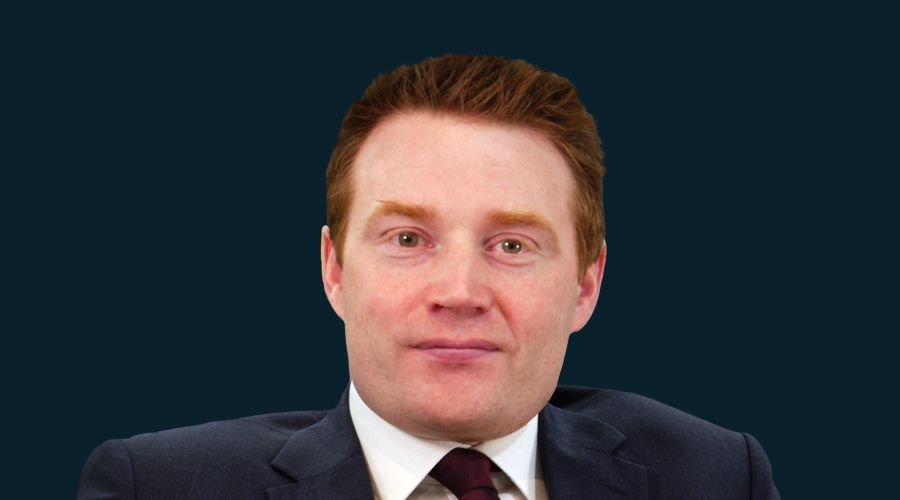Investors need to maintain climate engagement
As the ESG investment world prepares for what may come out of the COP26 climate change conference in November, Martin Currie has set out the four major challenges in making the transition to net zero emissions.
In its ‘Net Zero: From Policy to Action‘ research note published this month, which is part of its four-part net zero carbon series, the global equities manager says that even after high-level commitments to net zero have been given, there are challenges falling into four key pillars.
They are:
- Moving from high-level long-term commitments to tangible targets
- Effective definitions and measurement of progress
- Creating an effective transmission mechanism and amplifying policy and technology initiatives through private enterprise, and
- Protecting against the wider impacts of any economic displacement and ensuring a ‘just’ transition.
The note, written by David Sheasby, Martin Currie’s head of stewardship and ESG, and John Gilmore, portfolio manager and stewardship and ESG specialist, quotes Bill Gates’ recent book, ‘How to Avoid a Climate Disaster’.

The founder of Microsoft says: “We need to accomplish something gigantic we have never done before, much faster than we have ever done anything similar. To do it we need lots of breakthroughs in science and engineering. We need to build a consensus that doesn’t exist and create public policies to push a transition that would not happen otherwise.”
With the US re-joining the Paris Agreement under the Biden Administration and committing to COP26 (the 26th United Nations Climate Change Conference of the Parties), it would appear that a general global consensus on the problem and its solutions have finally emerged.
A lot, but by no means all, signatories have committed to the main 2050 target of net zero emissions, and a lot have also committed to shorter-term targets. Australia remains a non-committer to both at this stage. Shorter-term commitments enable an assessment of progress and aid accountability.
Martin Currie’s Sheasby and Gilmore say that investors should play their part by engaging with investee companies to hold them to account on progress towards their own targets as well as the wider impacts on society caused by the transition.
The shorter targets are part of a group of ‘Nationally Determined Contributions’ (NDCs), the final round of which is expected to be decided at COP26, to be held in Glasgow in the first two weeks of November.
While there are not very many that have been implemented, the Martin Currie note says that they are gradually being given the force of law. Alongside detailed regulatory and industry responses this is creating the conditions for tangible near-term action to help achieve the longer-term goals.
The authors note that while the impact of NDCs has been negligible in a direct sense, they have contributed to the shift by consumers and the corporate world, boosted by technological advances, which continue to drive down the cost of renewable energy sources.
They say that a “just” transition is necessary to maintain popular support for any policy agenda. The scale and time frame of the change presents a real potential for stranded workers and stranded communities as well as stranded assets, and this is reflected by the eighth of the UN’s 17 Sustainable Development Goals: a “sustained and inclusive economic growth, full and productive employment and decent work for all”. Without this, policy makers and other stakeholders will struggle to build and retain a consensus for robust action to combat global warming.
Note: Martin Currie is a sponsor of Investor Strategy News. Any views expressed here are those of the author and not necessarily those of Martin Currie.










